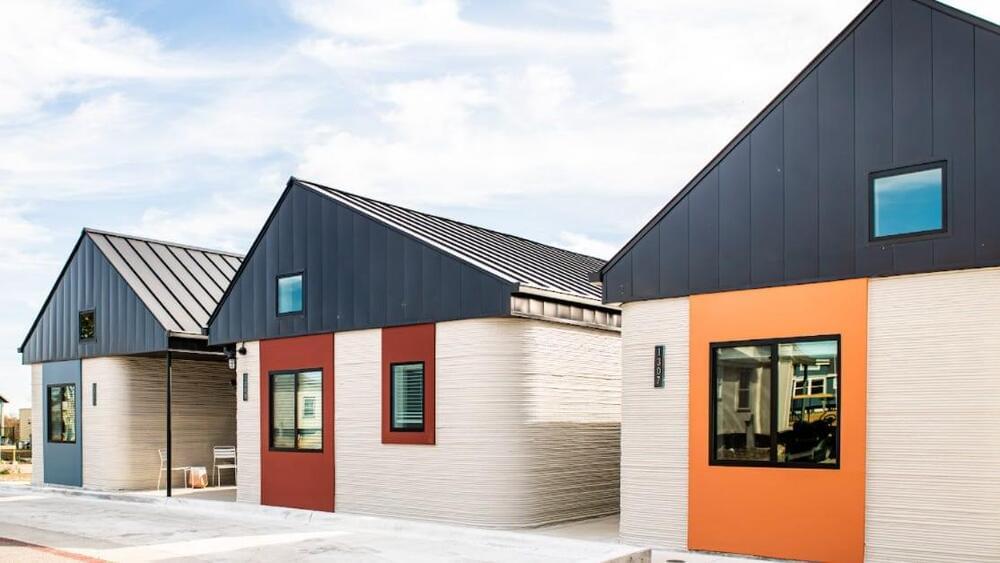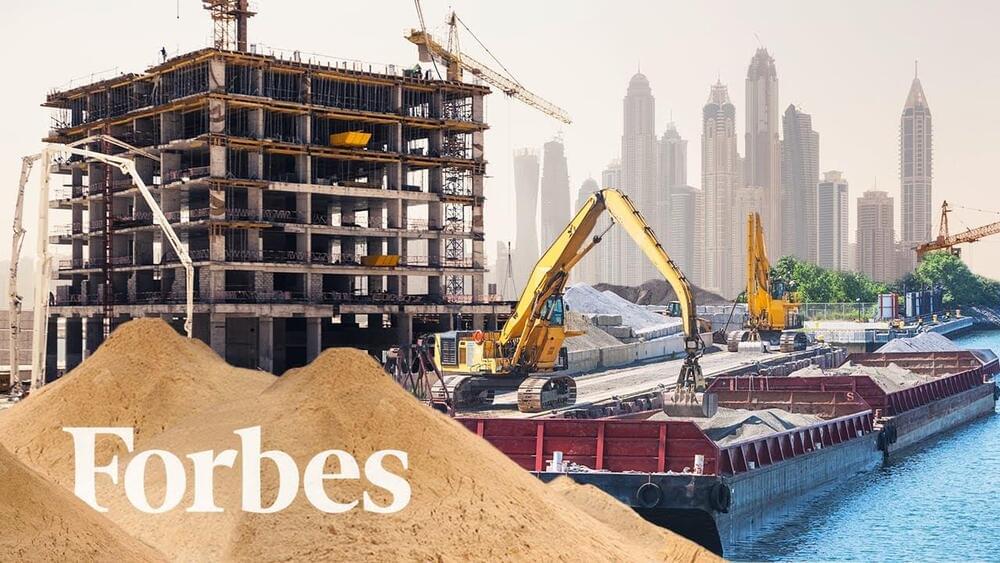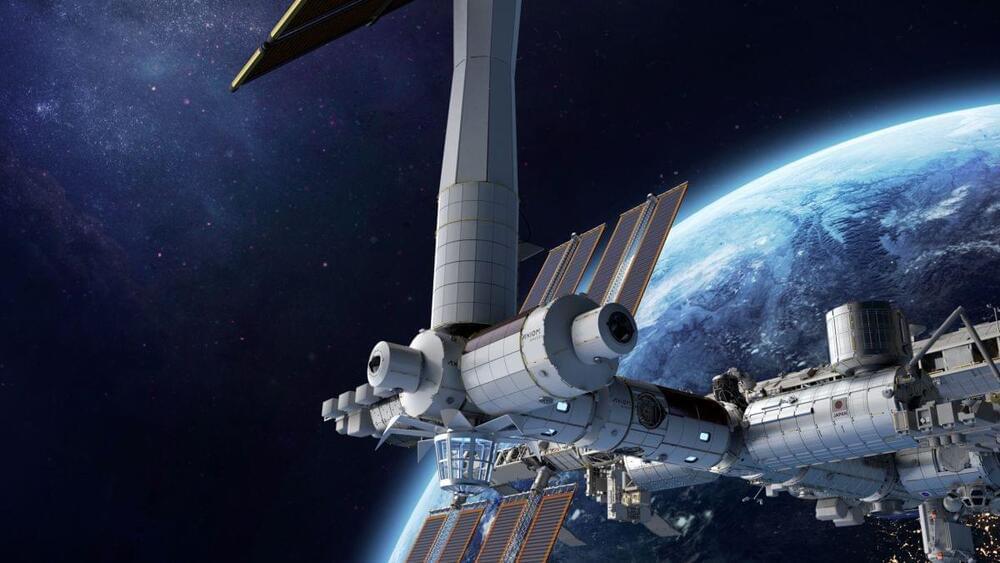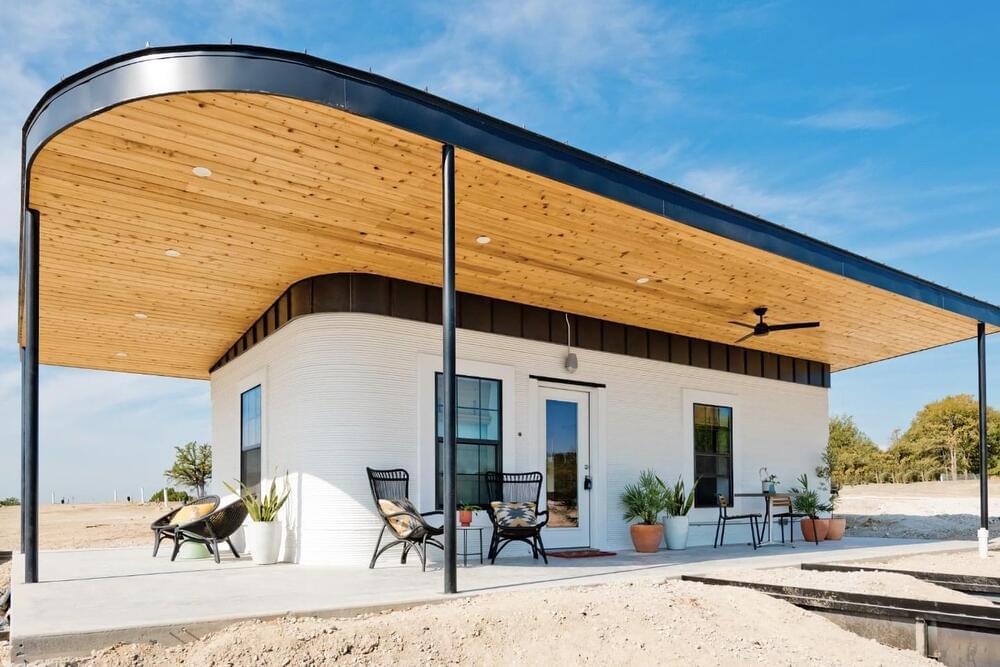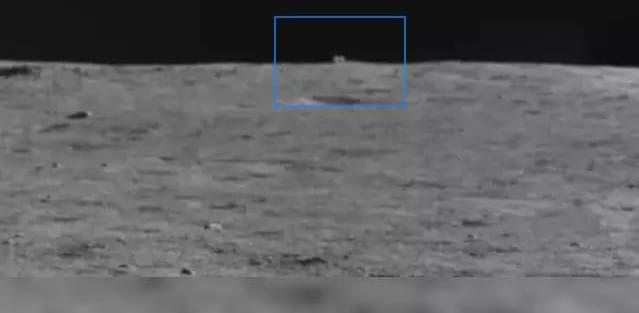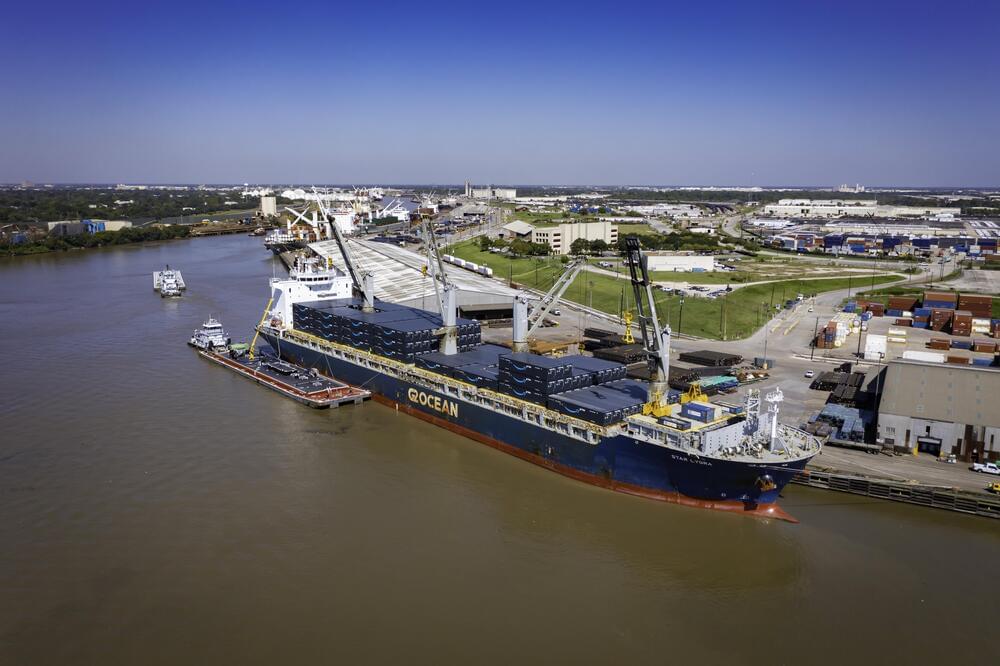Iowa’s first 3D-printed home could be ready for its new owners by this time next year.
The Iowa Economic Development Authority on Friday approved $1.4 million for the Iowa State University College of Design to purchase a 3D printer capable of producing concrete houses. Its goal is to build a neighborhood of up to 34 3D-printed homes in Hamburg, a southwest Iowa town recovering from a massive flood two years ago.
The agency’s director, Debi Durham, said the college also will develop a curriculum for training contractors on 3D printing and new state building codes in order to allow wide use of the technique in Iowa.
